Arthroscopic Rotator Cuff Repair
Arthroscopic rotator cuff repair is a surgical procedure that reattaches the torn rotator cuff to the humeral head.
While observing through an endoscope, suture anchors (screws with attached sutures) are inserted into the humeral head, and the sutures are threaded through the rotator cuff. Once the sutures are placed, a technique called a sliding knot is used to tie them, which allows the torn rotator cuff to be firmly pressed against the humeral head and securely fixed.
The number of anchors used varies depending on the tear pattern. Larger tears require more sutures, which increases the number of anchors needed. In the video, we show actual edited scenes from surgery, and to enhance understanding, we also provide explanatory footage using a bone model.
If you have any questions, please feel free to contact us via the inquiry section. We will be happy to respond.
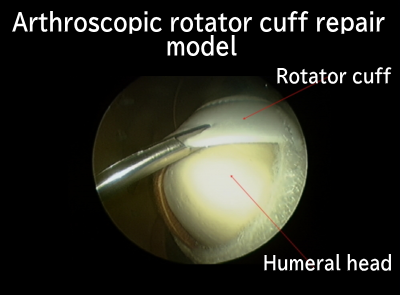
When a rotator cuff tear occurs, the tendon can be seen lifting off from the humeral head under arthroscopic observation.
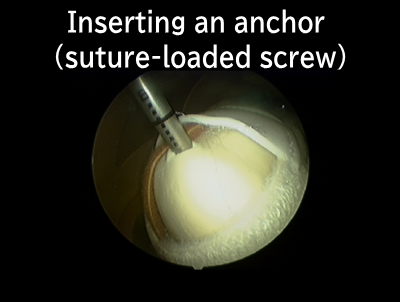
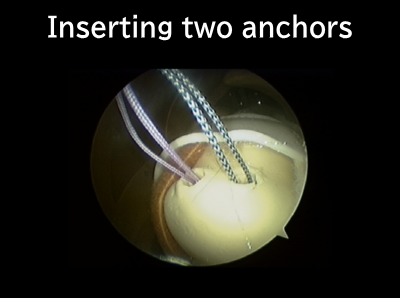
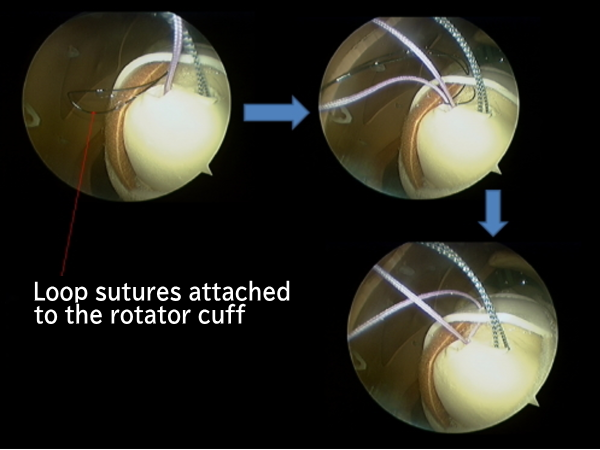
A looped suture is first passed through the rotator cuff, and then the anchor suture is inserted into the loop. By pulling the looped suture, the anchor suture is threaded through the rotator cuff.
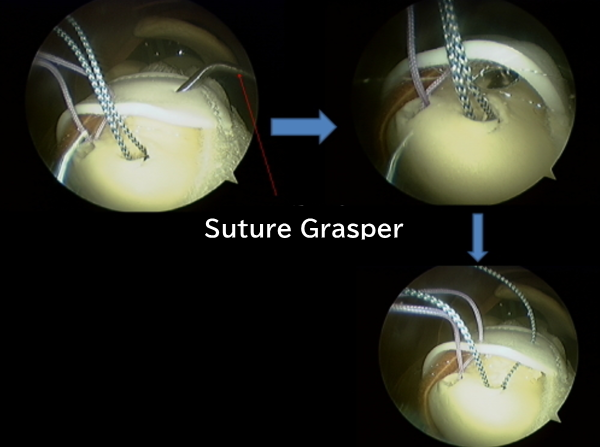
A suture grasper, an instrument used to hold sutures, is inserted through the rotator cuff to grasp the suture and pass the anchor suture through the cuff.
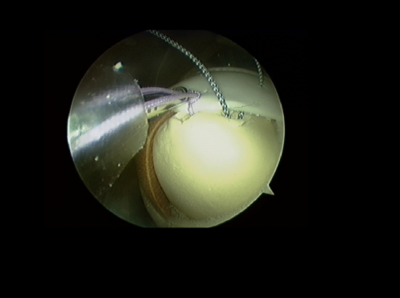
Using a stitching technique called a sliding knot, the suture passed through the rotator cuff is tied, securing the rotator cuff to the bone.
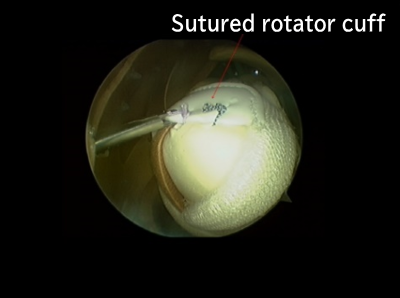
The anchor sutures are tied, and the rotator cuff is securely fixed to the bone.
Arthroscopic surgery
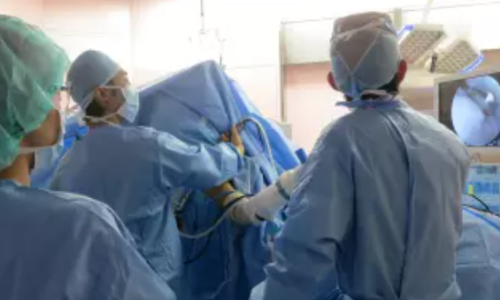
Arthroscopic surgery involves treating shoulder joint lesions by creating only small incisions. Through these incisions, an endoscope (arthroscope, camera) is inserted into the body, and the procedure is performed while viewing the area on a television monitor.
